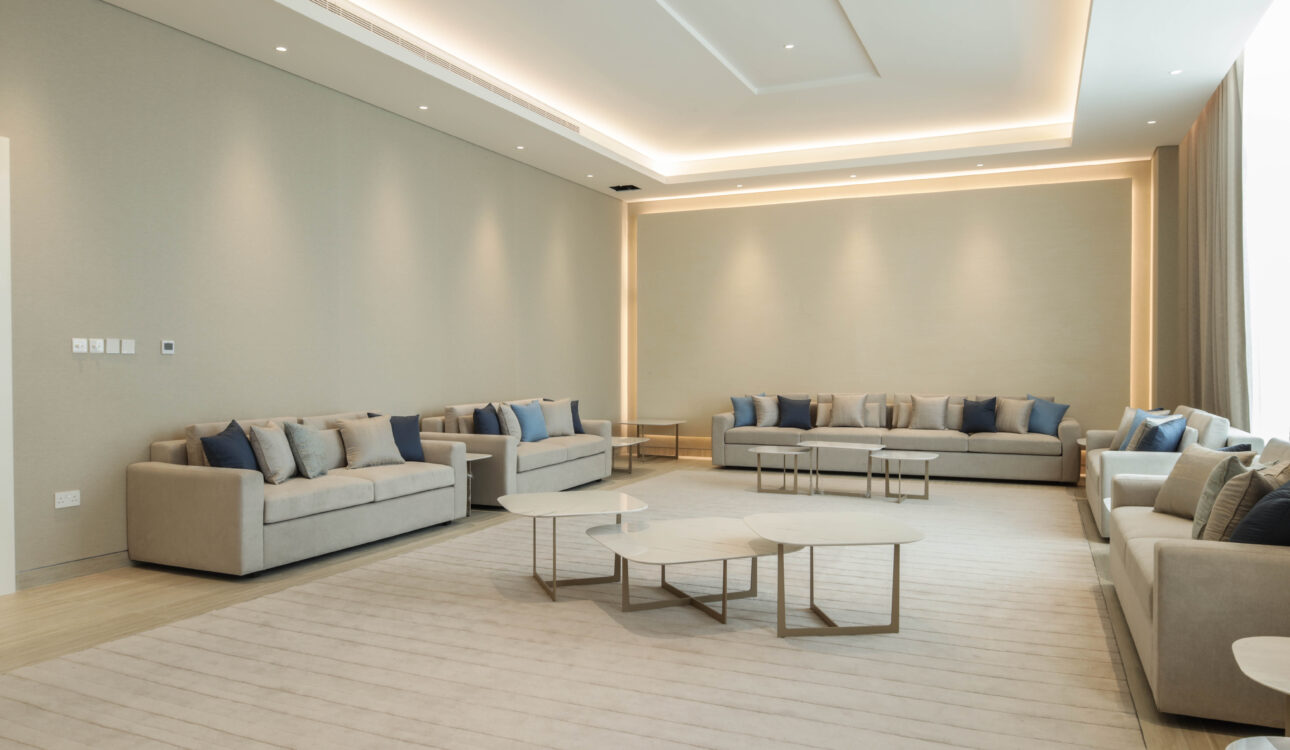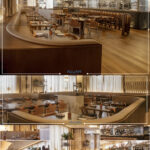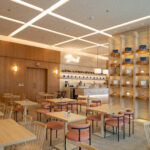Introduction
Welcome to the realm of design where simplicity and elegance reign supreme. In this article, of achieving simplicity and elegance in design we delve deep into the principles, techniques, and mindset required to achieve unparalleled simplicity and elegance in design. Whether you’re a seasoned designer or a newcomer to the field, this article will equip you with the knowledge and inspiration to elevate your designs to new heights.
Defining Simplicity and Elegance
Simplicity is not merely about stripping away elements; it’s about distilling a design to its core essence while retaining functionality and clarity. Elegance, on the other hand, embodies refinement, grace, and sophistication, elevating a design from ordinary to extraordinary.
The Importance of Simplicity and Elegance
Why prioritize simplicity and elegance in design? These qualities enhance user experience, foster clarity of communication, and imbue designs with timeless appeal. In a world inundated with complexity, simplicity and elegance serve as guiding beacons, cutting through the noise to deliver memorable experiences in your interior fitout.
Minimalism: Less is More
Embrace the mantra of minimalism by removing excess clutter and focusing on essential elements. By decluttering your design, you allow each element to breathe and command attention, resulting in a visually harmonious composition.
Balance and Proportion
Achieving balance and proportion is essential for creating visually pleasing designs. Whether it’s through the golden ratio, asymmetrical balance, or careful placement of elements, strive to achieve equilibrium that draws the eye and instills a sense of harmony.
Typography and Whitespace
Typography plays a pivotal role in conveying the tone and personality of a design. Choose fonts wisely, opting for simplicity and readability over ornate flourishes. Likewise, leverage whitespace strategically to provide visual breathing room and enhance legibility.
Visual Hierarchy
Establishing a clear visual hierarchy guides the viewer’s eye through the design, highlighting key elements and facilitating ease of navigation. Utilize contrast in size, color, and typography to prioritize information and create focal points.
Color Psychology
Harness the psychological power of color to evoke emotion, convey meaning, and reinforce brand identity. Understand the associations and symbolism attached to different colors, and use them purposefully to resonate with your audience.
User-Centric Design
Put the needs and preferences of your audience front and center by adopting a user-centric approach to design. Conduct thorough research, gather feedback, and iterate based on user insights to create intuitive, user-friendly experiences.
Frequently Asked Questions (FAQs)
Q: How can I simplify a complex design without sacrificing functionality?
A: By prioritizing user needs, eliminating non-essential elements, and emphasizing clarity and ease of use, you can streamline a design while maintaining its core functionality.
Q: What role does simplicity play in brand identity design?
A: Simplicity is paramount in brand identity design as it fosters memorability, versatility, and instant recognition. A simple yet distinctive logo can become the cornerstone of a brand’s visual identity.
Q: Are there any drawbacks to prioritizing simplicity in design?
A: While simplicity enhances usability and clarity, there is a risk of oversimplification leading to bland or uninspired designs. It’s essential to strike the right balance and infuse simplicity with creativity and innovation.
Q: How can I incorporate elegance into my design aesthetic?
A: Elegance can be achieved through attention to detail, refinement of form, and thoughtful use of elements such as typography, color, and whitespace. Aim for sophistication without sacrificing simplicity.
Q: What are some common mistakes to avoid when striving for simplicity and elegance in design?
A: Common pitfalls include overcomplicating designs, neglecting user needs, and failing to maintain consistency. Stay focused on clarity, functionality, and user experience throughout the design process.
Q: How can I stay inspired and motivated to pursue simplicity and elegance in my designs?
A: Surround yourself with sources of inspiration, whether it’s through studying the work of renowned designers, exploring diverse art forms, or immersing yourself in nature. Cultivate a mindset of continual learning and refinement.
Conclusion
In the dynamic and ever-evolving field of design, achieving simplicity and elegance is both a journey and a destination. By embracing timeless principles, honing your craft, and staying attuned to the needs of your audience, you can create designs that resonate deeply and stand the test of time.






